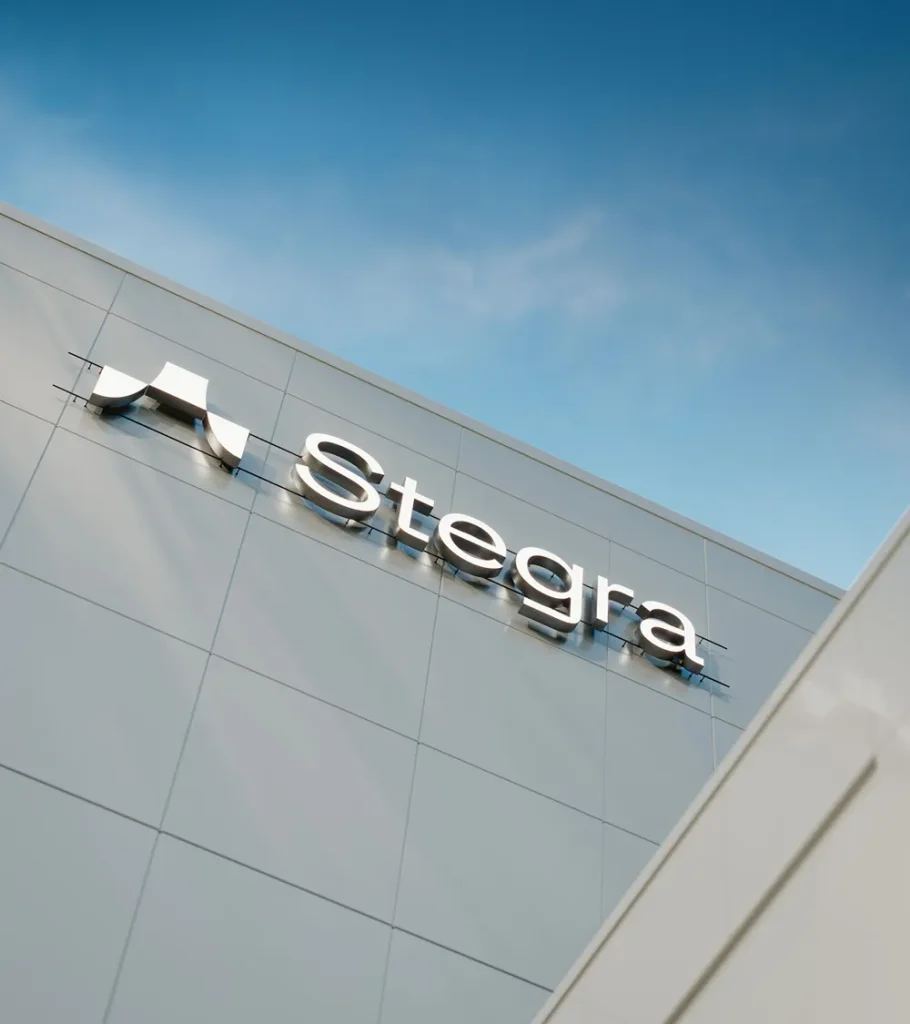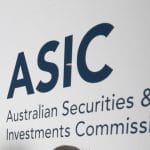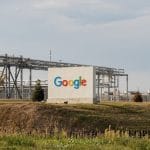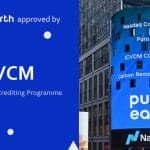Swedish Green Steel Firm Stegra Launches $1B Round to Finish Hydrogen Steel Plant

• Stegra (formerly H2 Green Steel) seeks up to €975 million ($1.1 billion) in new financing to complete its Boden, Sweden, green-steel project.
• The new capital will cover higher project costs, replace unfulfilled state grants, and expand critical infrastructure ownership.
• Stegra has already secured €6.5 billion in funding for the hydrogen-based steel plant, one of Europe’s flagship industrial decarbonisation projects.
Sweden’s Green Industrial Bet
Swedish green steel company Stegra has opened a fresh €975 million ($1.1 billion) financing round to complete construction of what is set to become the world’s first large-scale green steel plant. Located in northern Sweden’s Boden region, the facility will use renewable-powered hydrogen to replace coal in steelmaking — one of the hardest sectors to decarbonise.
Stegra, rebranded earlier this year from H2 Green Steel, said it has already secured €6.5 billion ($7 billion) in previous financing commitments for the project, which has progressed beyond the halfway mark. The company expects the new round to represent roughly 15 percent of total project funding and ensure completion and ramp-up to commercial scale.
“The strong backing from our founders and lead investors is another testament to Stegra’s strong business case,” said CEO Henrik Henriksson. “We have progressed more than 60 percent of the project and have a clear runway to completion. This round strengthens our position as we move into the next phase.”

Bridging Costs and Infrastructure Gaps
The financing aims to cover higher project costs driven by inflation in materials and construction, offset unfulfilled state grants, and insource critical infrastructure initially meant for external funding.
That includes ownership and control of railway and port infrastructure now deemed mission-critical to operations. Stegra said the shift to internal ownership would allow greater control over timelines, logistics, and long-term asset management — a move that reflects growing investor preference for vertically integrated decarbonisation assets.
“The additional scope ensures we have full control of delivery on key assets,” Henriksson added. “It also establishes a prudent financial buffer as we approach completion.”
Europe’s Hydrogen-Steel Test Case
Sweden has positioned itself at the forefront of Europe’s green industrial transformation, leveraging abundant renewable energy and state-backed incentives. Stegra’s project represents a flagship test of hydrogen-based steelmaking, which could eliminate up to 95 percent of emissions from conventional blast furnaces.
But the country’s clean-tech transition has also met setbacks — most visibly the financial struggles of battery producer Northvolt — exposing the capital-intensive nature of Europe’s new industrial era.
Green hydrogen production remains costly, and industries such as steel and long-haul transport have faced steep financial hurdles in scaling low-carbon alternatives. Stegra’s ability to close its financing gap and complete the Boden plant will therefore be a key indicator of market confidence in green hydrogen’s commercial viability.
Financing Composition and Partnerships
According to Stegra, the new capital will combine equity, debt, and strategic partnerships. Existing investors have already provided early commitments, and the company is in “advanced discussions” on outsourcing agreements to complement the funding package.
A company spokesperson confirmed that the proceeds “will carry Stegra through to completion and scale-up of volumes.” The project’s construction timeline has been extended by three months to accommodate the additional scope, with completion expected shortly after.
The Boden facility is designed to produce green steel using hydrogen generated on-site from renewable electricity. This process eliminates the need for coal and drastically reduces carbon emissions, aligning with EU climate objectives and the bloc’s broader push to decarbonise heavy industry under the Green Deal Industrial Plan.
Implications for Industry and Investors
For global investors and policymakers, Stegra’s financing round is a litmus test for the future of industrial decarbonisation finance. The firm’s ability to raise nearly €1 billion amid cost inflation and policy uncertainty will be watched closely by other hydrogen-steel ventures emerging in Europe and Asia.
The project’s success would position Sweden as a first mover in green-industrial competitiveness, offering a model for integrating renewable energy, hydrogen production, and steel manufacturing under one system. It also highlights the growing convergence of energy and materials sectors, as capital flows into circular and low-carbon manufacturing ecosystems.
As Henriksson put it, Stegra’s strategy “is not only about producing green steel but about redefining the entire value chain for sustainable industrial growth.”
Global Context
With the global steel sector responsible for roughly 7 percent of total CO₂ emissions, projects like Stegra’s carry significance far beyond Scandinavia. The plant’s progress will inform regulatory design and investment appetite across the EU, Japan, and the U.S. — where governments are simultaneously seeking to scale hydrogen economies under their respective green-industrial policies.
If successfully delivered, Boden could become the blueprint for a new generation of low-carbon steel plants worldwide, providing a critical data point in the race to align heavy industry with net-zero pathways by 2050.
Follow ESG News on LinkedIn












